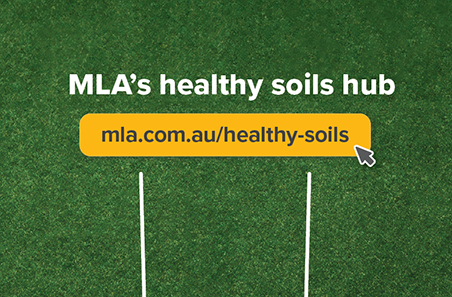How do I make my pastures more productive?
In this factsheet, find a pasture productivity checklist and read more about strategies to improve performance.
Download 2 page factsheet

When it comes to persistent pastures, selecting the right pastures for your system, sowing in the right place at the right time and managing for the seasons is a strategy for success.
There are many considerations when it comes to new and improved pastures – environment, varieties, composition, inputs, soils, establishment and grazing management. Work through these considerations with resources and tools provided here on our persistent pastures hub. This hub provides information on a wide range of pasture types found across southern Australia.
|
This resource hub covers: |
Look out for the Toolbox logo to find tools and online training modules to support your pasture management.

Piers Dumaresq has used pasture measurement and feed budgeting to drive growth in his Tasmanian mixed enterprise.
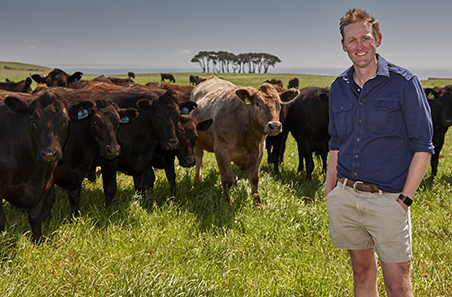
Seasonal strategies and rotational grazing have enabled the Bruce family to improve their pasture performance.
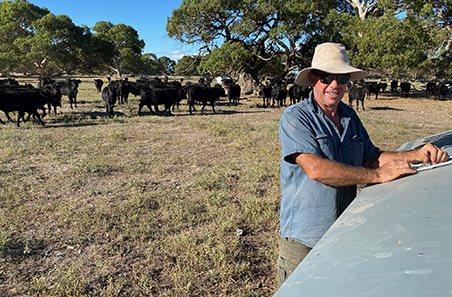
For SA producer, Michael Cobiac, data-backed decisions shape his animal and pasture management program.
Actively growing pastures have the highest quality and enable the largest intake by livestock. A correct balance of species and composition of pastures can significantly increase livestock production and profit per hectare.
By understanding the factors affecting pasture growth, producers can adjust their management strategies to maximise pasture productivity, increase pasture utilisation and maintain good pasture condition. Together, these factors determine the most profitable stocking rates, herd structures and target markets for many grazing-based enterprises.
Sufficient pastures are essential to achieving livestock production targets, maintaining long-term viability and protecting the soil.
Assessing the mass and composition of pasture species in a paddock can help determine the value it provides and assist with management decisions for rejuvenation or renovation. It is important to assess pastures to determine if the existing species are limiting pasture growth and quality.
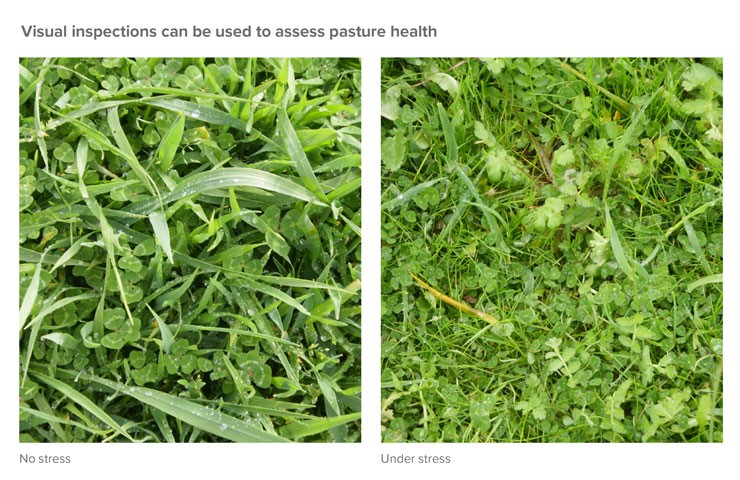
While it may be valuable to resow pastures in the long-term, it also comes at a cost. Consider opportunities to improve pasture productivity using interventions and management changes before investing in new pastures.
Use these resources to assess pasture condition and determine next steps:
In this factsheet, find a pasture productivity checklist and read more about strategies to improve performance.
Download 2 page factsheet
The Pasture Ruler provides the basis for a quick and easy way to estimate pasture mass and quality.
Use this in-paddock tool to assess pasture condition in the high rainfall zones of southern Australia. Get a preview of the tool in this video.
Use this manual to assess levels of groundcover using visual indicators and metrics.
Use this tool to determine the cost-benefit of resowing pastures compared to current practices based on the costs of resowing, benefits of resown pastures to livestock and other inputs and variables.
This video series shows some of the above-ground indicators that can be used to identify soil constraints.
MLA’s PGS program offers a variety of hands-on training experiences for small groups of like-minded producers. The aim of the program is to help participants improve their whole-farm performance and build knowledge and skills with the support of an expert deliverer. PGS packages for persistent pastures include Pasture Principles, Pasture Manipulation and Pasture Resowing.
There are many pasture species well suited to the establishment of an improved pasture. Factors such as the intended purpose, suitability for the production system, the availability of inputs (financial, agronomic, human and machinery) and environmental influences should be considered as part of the selection process following pasture assessment.
Successful pasture establishment (and ongoing persistence and productivity) relies on the EverGraze principles of putting the right plant in the right place for the right purpose. Read more about applying the EverGraze principles and find specific recommendations for your region.
You can also use the pasture trial network tool to assess and compare the performance of more than 100 pasture varieties across the key pasture species for the red meat industry including phalaris, cocksfoot, tall fescue, perennial and annual ryegrass, sub-clover and lucerne.
Successful pasture establishment is important to ensure high levels of production and long-term productivity. Well-managed pasture establishment has been shown to potentially extend production by at least five years.
Appropriate soil management, paddock preparation, sowing and seeding method, weed control and grazing management can help to improve the success of establishment. Consider these and work with your local advisor to ensure successful establishment. Consider these eight critical steps and work with your local advisor to ensure successful establishment.
Pastures that are managed for persistence are beneficial for livestock production and profitability over the long-term.
Good pasture management should be both proactive (maintaining soil fertility, grazing strategies) and responsive (managing pests and weeds).
Early intervention and lifetime management can increase the length of a pasture’s peak production period. Following successful establishment, interventions such as weed control, encouraging reseeding and nutrient application will increase the chances of good persistence.
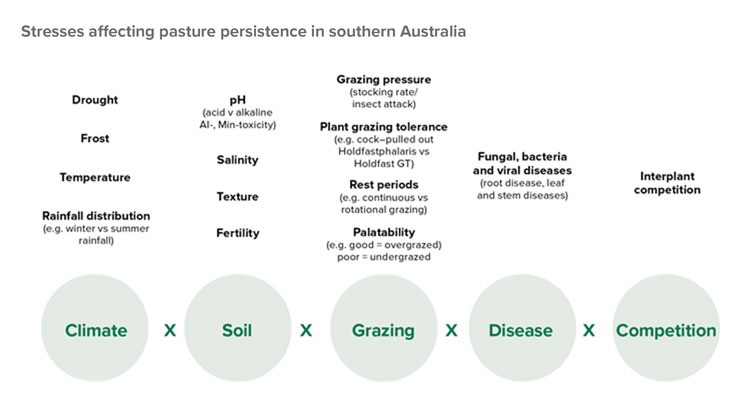
General management tips and seasonal tactics for the management of phalaris.
General management tips and seasonal tactics for the management of kikuyu-based pastures.
Information on pasture management options through drought and in recovery.
A guide to encouraging seedling recruitment in perennial ryegrass and cocksfoot to boost desirable grass content as alternative to resowing.
Healthy, fertile soils drive pasture productivity and deliver environmental benefits through improved water and nutrient use. Optimal pasture production is achieved through effective management of physical, chemical and biological soil properties.
Seasonal management of ground cover and rotational grazing can help avoid run-off, water loss and erosion.
Regular soil testing and physical inspections that provide information about soil constraints and nutrient requirements underpin good decision-making on the application of nutrients for pastures.
Making the best use of pastures requires considered grazing management – managing the frequency and intensity that livestock graze based on pasture production, pasture utilisation and stocking rate.
Pasture utilisation is the balance between the pasture being produced and the pasture removed by animals and decay. Optimal pasture utilisation converts the largest amount of pasture energy and nutrients into livestock production, while leaving pasture residue in the best condition for rapid regrowth.
Stocking rate and stocking density should be balanced with pasture production. Identifying the stocking rate and stocking density that an enterprise can sustain to maximise green pasture utilisation is important in increasing the profitability of an enterprise. The number of animals will depend on the nature of the enterprise (breeding and/or trading), but should be sufficient to ensure high utilisation of the pasture grown while maintaining the long-term sustainability of the pasture and grazing system.
A grazing management approach based on predicted seasonal plant growth patterns can help achieve optimal stocking rate and pasture utilisation. The stocking rate calculator can be used to determine the number of cattle or sheep you should put into a paddock based on its carrying capacity.
The stocking rate calculator can be used to determine the number of cattle or sheep you should put into a paddock based on its carrying capacity.
This factsheet outlines seasonal grazing strategies (e.g. paddock rotations, grazing intensity) to maintain desired pasture composition and quality and control weeds.
This factsheet outlines seasonal grazing strategies (e.g. paddock rotations, grazing intensity) to maintain desired pasture composition and quality and control weeds.
Information about tactics and strategies for matching feed supply to animal demand, managing consequences and exploring opportunities when feed supply does not match enterprise demand.

